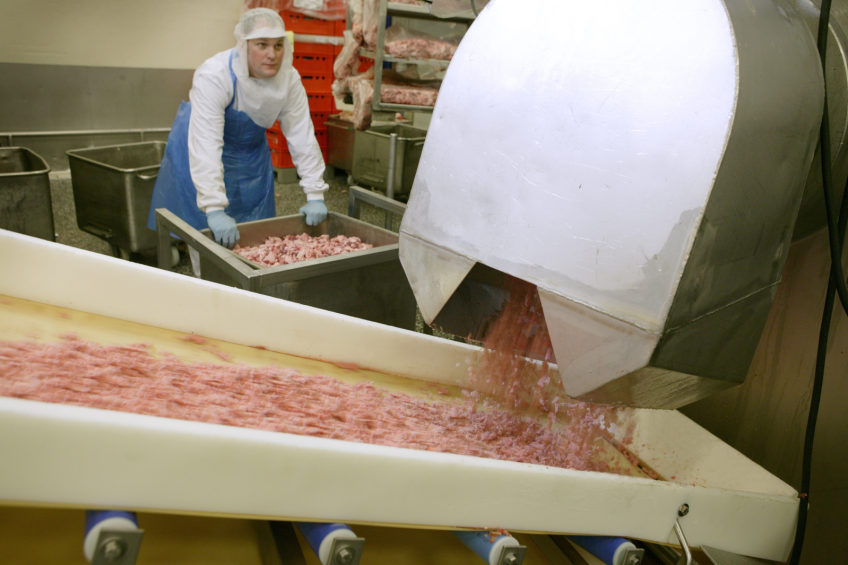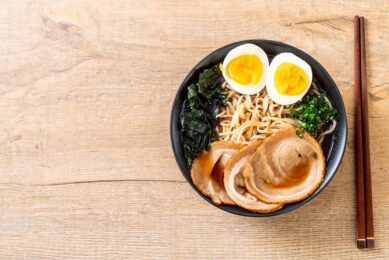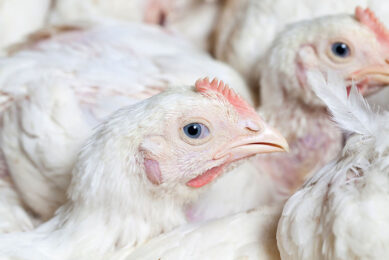Controlling Campylobacter in ground poultry products

Polyphosphate-based marinades used in ground poultry ( products have been implicated in the enhanced survival ( of Campylobacter.
Poultry products are a major avenue for the introduction of Campylobacter into the food supply, with undercooked poultry and cross-contamination as the common way that Campylobacter is transmitted to humans. The largest number of these foodborne bacterial infections is caused by the species Campylobacter jejuni.
Intervention technologies to reduce the numbers of Campylobacter present in poultry products are therefore extremely important to achieving the goal of reducing Campylobacter infections. However, processing techniques such as polyphosphate additives, which have the potential to enhance the survival of Campylobacter in poultry products, could potentially interfere with the effectiveness of proposed intervention technologies such as flash freezing, high hydrostatic pressure, UV light or the application of organic acids.
Impact of adding polyphosphates to poultry products
Polyphosphate-based marinades are used in the treatment of poultry products to enhance moisture absorbance, colour and flavour, and to reduce shrinkage during cooking. They have also been previously implicated in the enhanced survival of Campylobacter spp. in poultry product exudates. The impact of polyphosphates added to poultry products, together with the effectiveness of high hydrostatic pressure treatments, was therefore investigated. A cocktail of C. jejuni strains in ground turkey meat was used, together with a high pressure treatment.
Articles related to the topic:
Blog: One health – are we getting any closer?
Campylobacter, a European problem
Whole-grain diets combat C. Jejuni in chicken
Using high pressure treatment to reduce C. jejuni
To extend the shelf life of a range of ground and ready-to-eat meats, 100 and 800 megapascals (MPa) are mostly used and have also been used to reduce food pathogens in a range of different poultry products. In addition to high pressure, the treated ground turkey products were stored for seven or 14 days in vacuum-sealed plastic bags at a refrigeration temperature of 4 °C to determine if this combination of food processing treatments produced any additional effects on Campylobacter survival. Two polyphophates, hexametaphosphate and sodium tripolyphophate, used at two concentrations, 0.25% and 0.5%, failed to demonstrate any significant negative effects on the efficiency of inactivating C. jejuni using high pressure treatment. Yet storing the ground poultry samples containing C. jejuni at 4° C after high pressure treatment appeared to have a synergistic effect on Campylobacter inactivation. High pressure treatment combined with seven days of storage at 4° C resulted in a mean reduction in C. jejuni survival that was larger than the sum of the individual reductions caused by high pressure or 4° C storage when applied separately.
Nereus W. Gunther, Joseph Sites and Christopher Sommers, Poultry Science 94, 2297-2302













